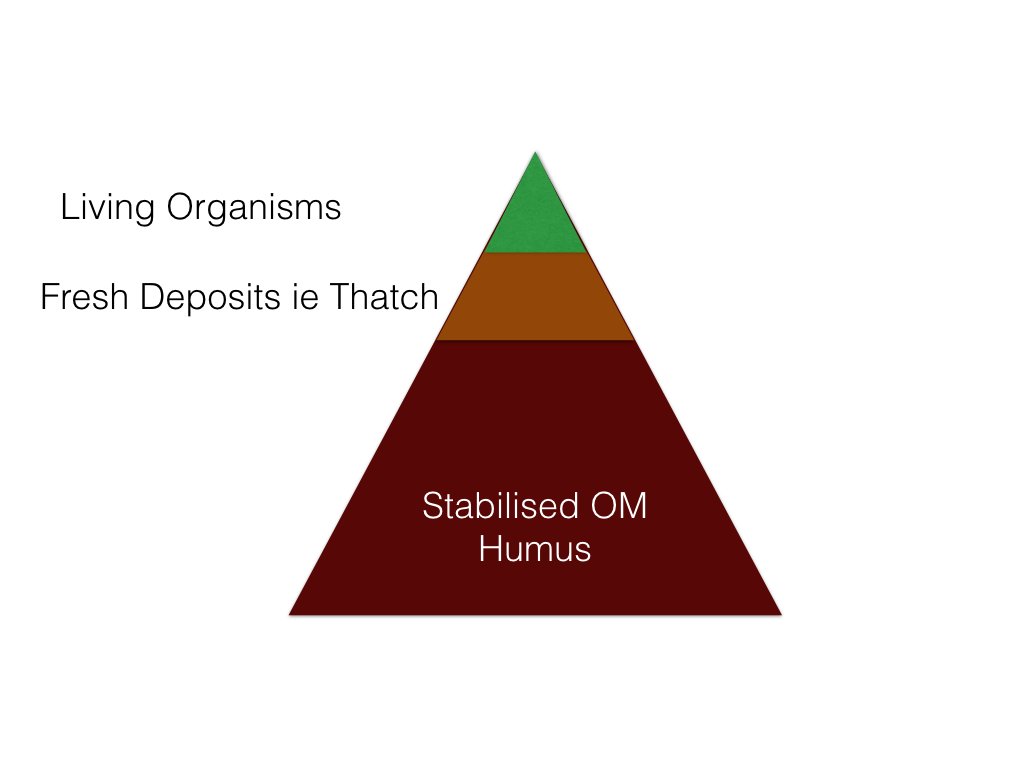As we’ve seen before, soil is made up of a few different constituent parts and the mix of these is essentially what makes a soil good or bad for supporting fine grasses such as the fescues and bent grasses.
Furthermore, the ability of soil to provide the best conditions for these grasses and the grasses themselves combine to provide the greenskeeper with all the tools he or she needs to produce a high performance bowling surface at will, well almost.
We know that the ideal bowling green soil will have the following attributes:
45% Mineral matter, made up of Sand, Silt and Clay and that another 50% of it will be simply space. Some of this space will be micro-porosity or water holding space and some of it will be macro-porosity or air containing space. The macro-pores are where the drainage occurs.
The final 5% of the ideal soil is organic matter and there is some confusion about what this organic matter actually is. Is it Thatch? Yes some of it is, but that isn’t the whole story.
A small percentage of the Organic Matter in soil is made up of organisms that are still alive such as our grass plants, worms and the hopefully abundant micro-biology of the soil such as fungi, bacteria and nematodes.
Then there is fresh, but as yet un-decomposed material such as dead shoots, roots and leaves of plants, animal droppings and dead things. Thatch is in this category.
The third and largest segment is fully decomposed organic material or Humus.
Humus helps to retain soil moisture, plays a part along with clay particles in nutrient exchange with plant roots and is generally a good thing.


Hi John what causes organic debris the bowling green which result in fairy wings
Hi Keith
Fairy Rings are caused by the fairy ring fungus. Some further info here.
John